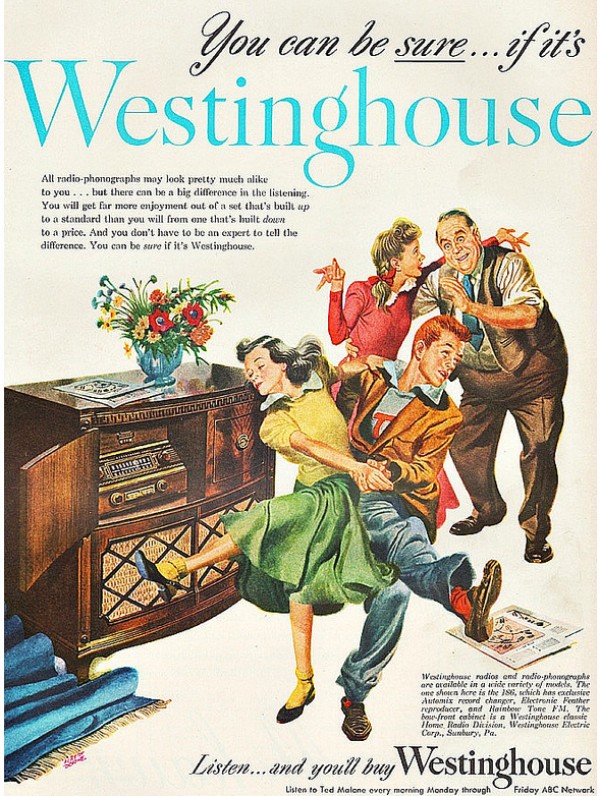INQUIRER: In his new book, The Great Inversion and the Future of the American City, urbanist Alan Ehrenhalt argues that “we are living at a moment in which the massive outward migration of the affluent that characterized the second half of the 20th century is coming to an end.” In other words, rich white people are moving to city centers not just in Philadelphia, but also in Atlanta, Chicago, Phoenix, and plenty of other cities. But as Ehrenhalt’s chapter on Philadelphia (“Uneasy Coexistence”) convincingly shows, it takes more than a few – or even a bunch of – rich white people moving downtown to save a city. Philadelphia’s core, he writes, “is a fashionable center surrounded on two of its four sides by a periphery of seemingly endless poverty.” Philadelphia, he says, occupies a strange space between Chicago and Boston on the one hand, and Detroit on the other: a city both glamorous and exciting, and so blighted and dangerous many would shun it. And for every good demographic indicator (such as the reversal or ebbing of white flight), another is deeply troubling (such as the sharp decline in the city’s African American middle class). In Ehrenhalt’s view, Philadelphia’s liabilities – namely the blight, violence, and taxes – are so extreme they will ultimately put a halt to Center City’s growth. MORE
DAILY NEWS: According to new estimates being released Thursday, Philadelphia saw a slight jump in the number of whites living here from April 1, 2010, to July 1, 2011. The estimates show the city gained 3,980 whites, or a 0.7 percent increase, for a total of 569,215 whites in July. Whites make up 37 percent of the city’s total population, as they did in 2010. At the height of Philadelphia’s population, in 1950, the city had a population of 2.1 million people, 1,692,637 of whom were labeled as white. Whites then most likely included people of Hispanic and other origin. In that census, people were labeled “white” or “nonwhite.” It wasn’t until 1980 that the census included a non-Hispanic white category. MORE

